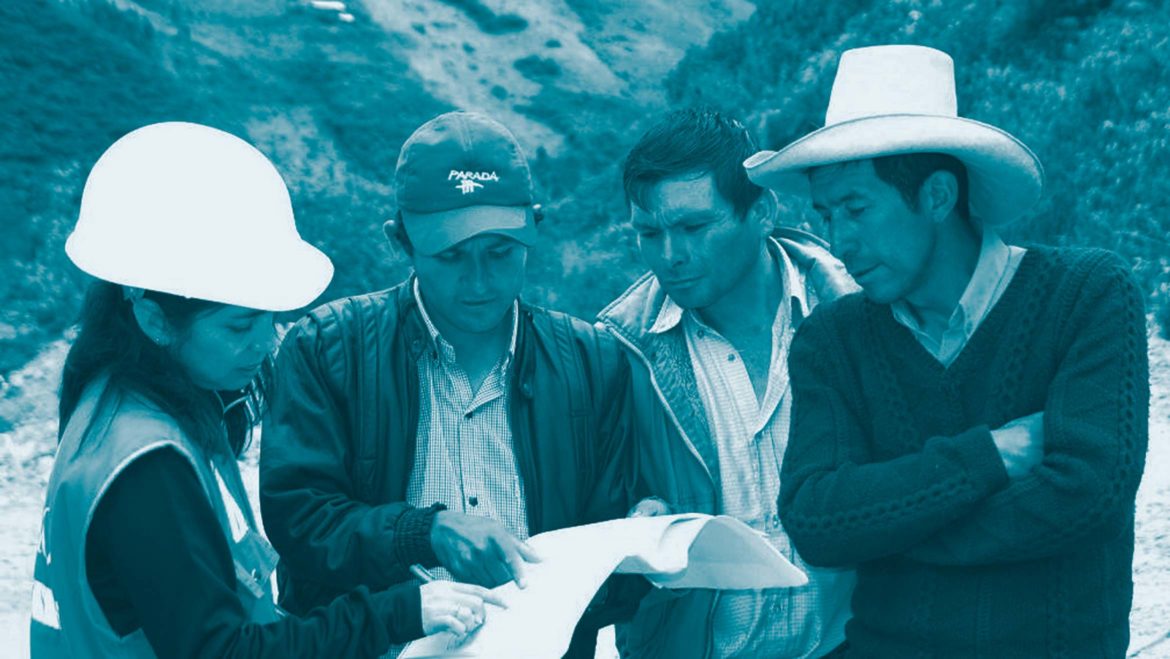
Tool 19 – Indicator Development
Effective reporting, monitoring and evaluation depend on effectual performance indicators that measure the execution of community development programs. Frequent monitoring can enable programs to be reoriented if they are not initially succeeding. These are important parts of a post-closure monitoring program as well as useful during operation of the mine. This should occur at least once a year or when circumstances change. Tool 19 is best used as an objectivity-based community group exercise.
STEP
1
Create a group from the community and company who have an interest and knowledge in the programs requiring developed indicators
STEP
2
Brainstorm indicators – focusing on means of accuracy
STEP
3
List quantitive and qualitative indicators for each program
STEP
4
Evaluate the feasibility of the output and/or outcome expected
STEP
5
Engage openly with stakeholders to monitor and report on the effectiveness of the community programs using the indicators. Involving external parties will also help provide useful feedback for improving performance
Examples of quantitative and qualitative
Quantitative:
- frequency of meetings, the number of people involved
- growth rates
- yields, prices
- uptake of activity inputs e.g. loans, school enrolment, visits to clinic etc.
- the adoption/implementation of activity outputs e.g. technologies, manuals, newsletters or guidelines in use
Qualitative:
- level of stakeholder group participation
- stakeholder/consumer opinions, satisfaction
- aesthetic judgements about local amenity or lifestyle choices
- decision-making ability
- changes in attitude
- emergence of leadership
- ability to self monitor
- development of groups and of solidarity
- behavioural changes
- evidence of consensus
Top Tips:
Indicators should be SMART
- Simple – easy to interpret, monitor and understood by all
- Measurable – quantifiable and reliable
- Accessible – based on understandable and consistent information
- Relevant – measures what people need to know and can be acted on
- Timely – responds and correctly acts upon social changes
Also Anglo American’s Socio-Economic Assessment Toolbox (SEAT) provides excellent guidance on the development of management and monitoring measures.
Sources:
African Network on Participatory Approaches, Village Participation in Rural Development, Royal Tropical Institute/World Bank, Washington DC, 2000.
Anglo American, Socio-Economic Assessment Toolbox, 2012.
DFID, Tools for Development: A Handbook for Those Engaged in Development Activity, London, 2003, especially Chapter 12.
IFC, Strategic Community Investment: A Good Practice Handbook for Companies Doing Business in Emerging Markets, Washington DC, June 2010.
Rietbergen-McCracken, J and Narayan, D. (compilers), Participation and Social Assessment: Tools and Techniques, International Bank for Reconstruction and Development/World Bank, Washington DC, 1998, especially pp. 189–252.
